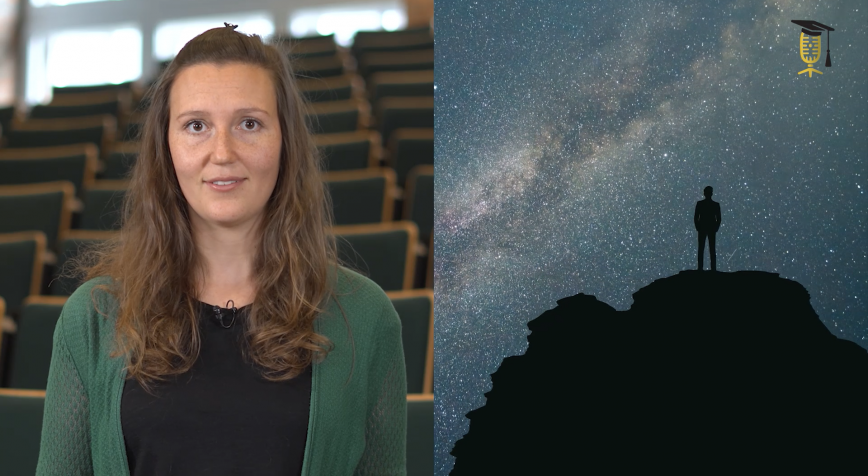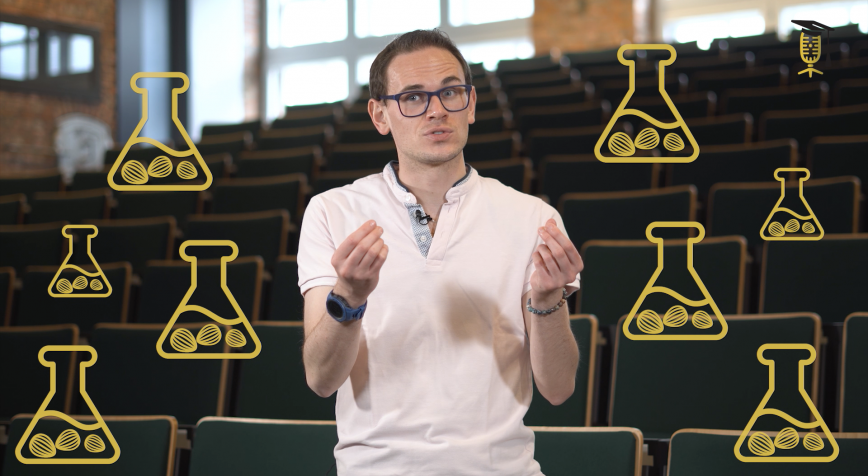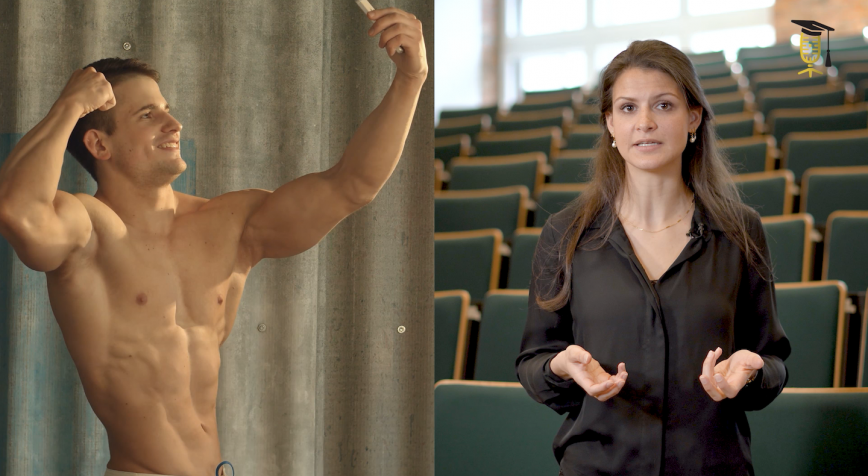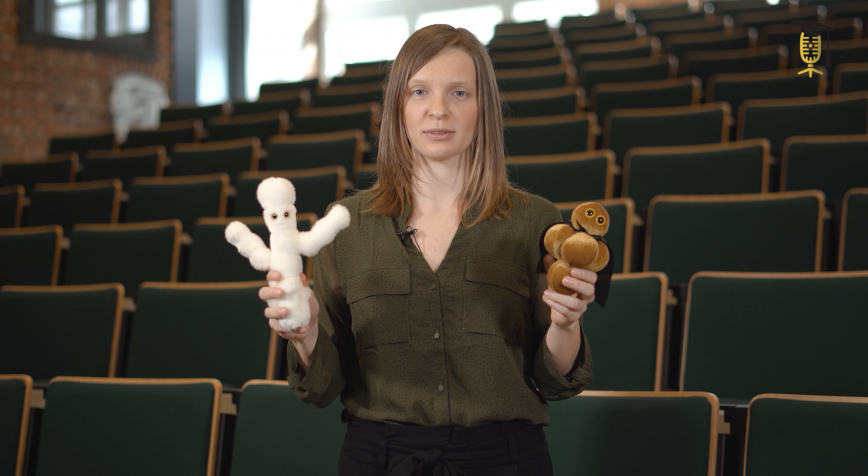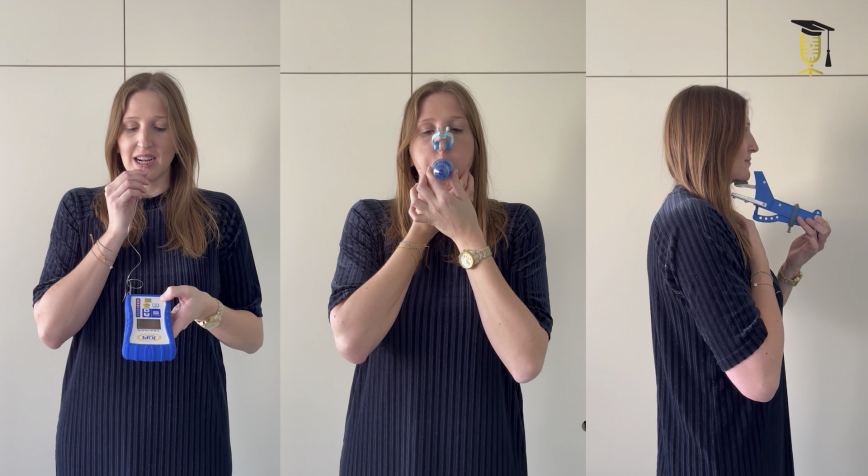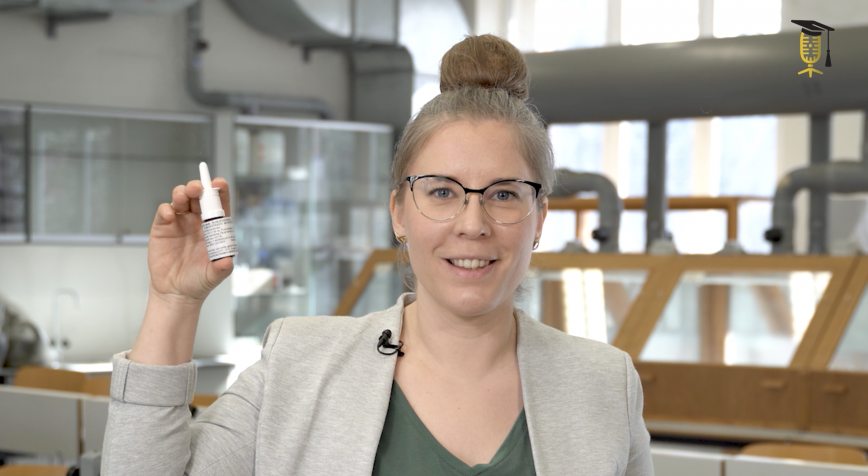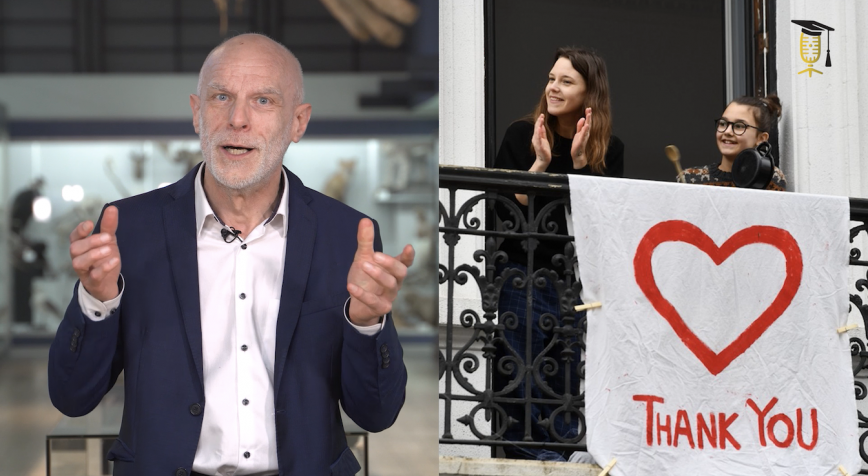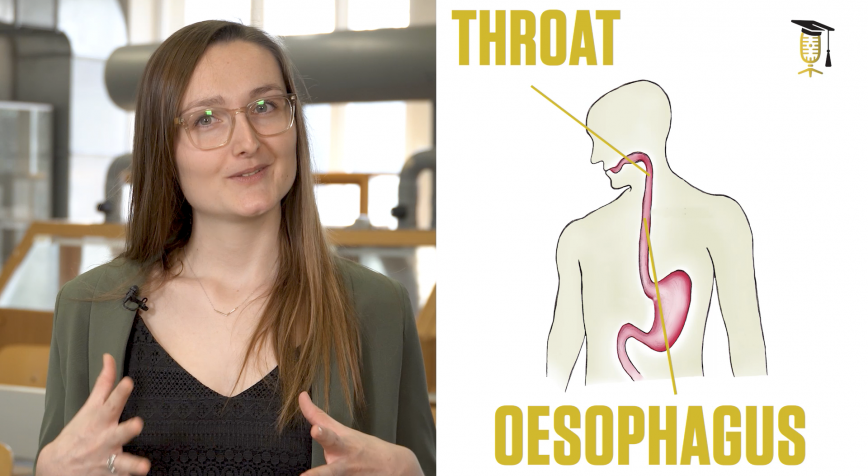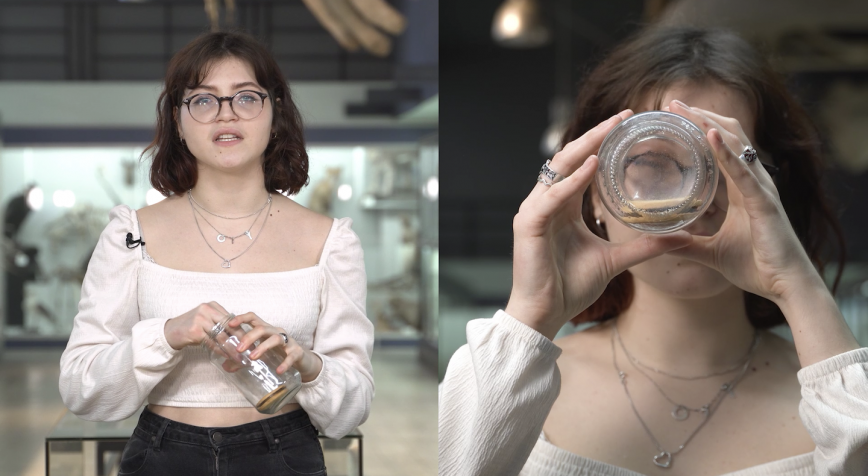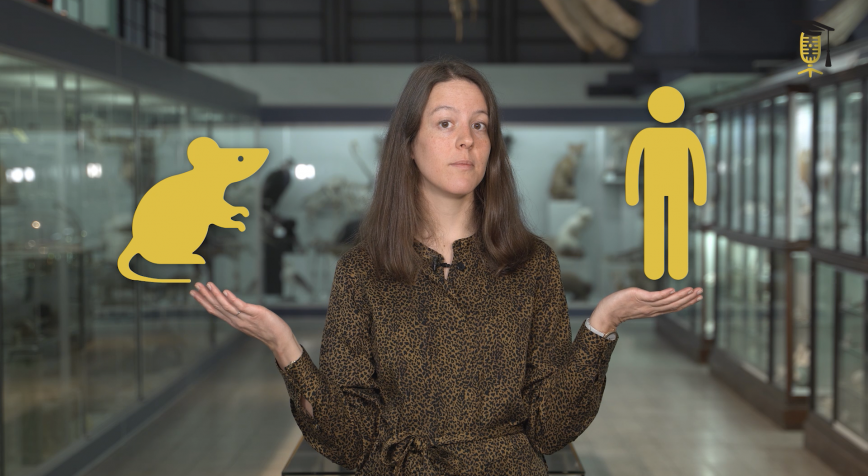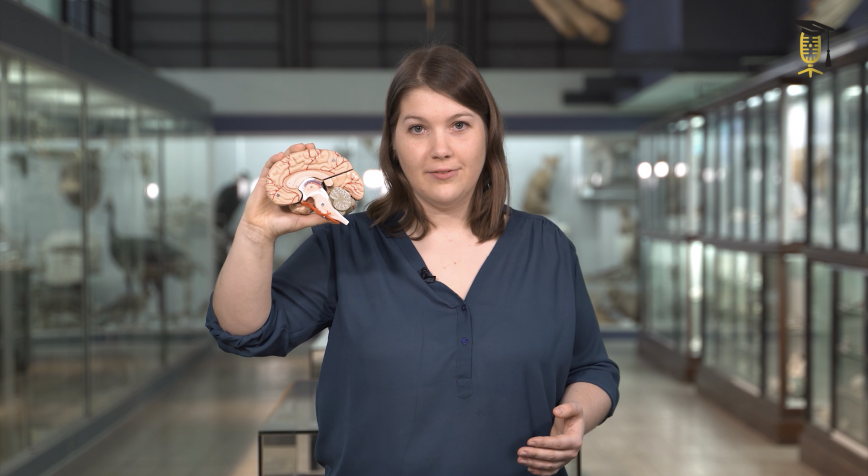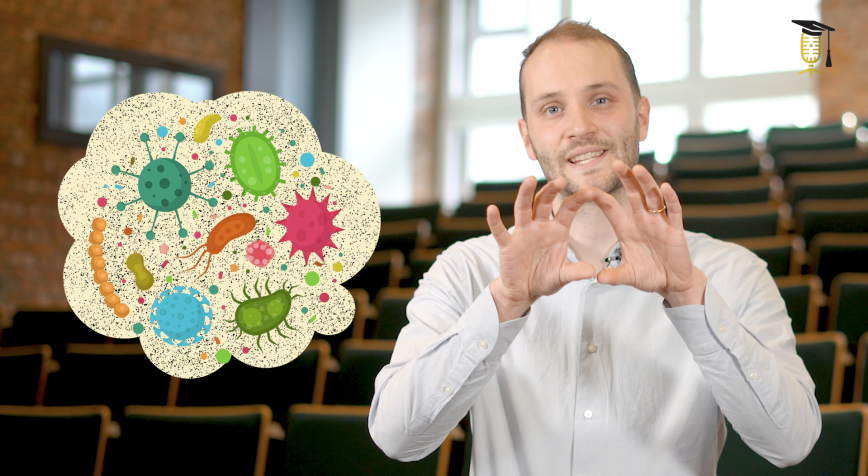
KU Leuven
The big impact of tiny critters in our food
You have no doubt come across it when opening your fridge: a packet of cheese full of mould or a pot of sauce with a suspiciously bulging lid. The culprits? Bacteria, yeasts and moulds. Food producers try to prevent this type of spoilage as much as possible, by ensuring that a product contains as few micro-organisms as possible when it leaves the factory. Bio-engineer Thijs Vackier is working on new cleaning agents that can better break down biofilms, protective mantles around micro-organisms, in food processing equipment.
